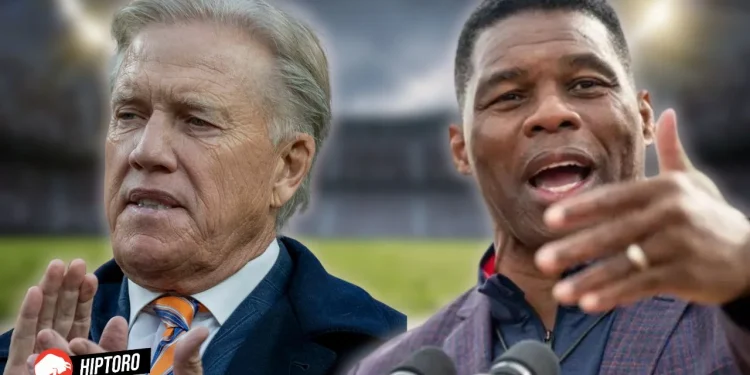The National Football League (NFL) is a dynamic and ever-evolving league where strategic trades can significantly alter the trajectory of a franchise. Throughout its history, there have been numerous trades that not only changed the fortunes of teams but also reshaped the landscape of the league. These trades have involved superstar players, draft picks that turned into legends, and deals that have had ripple effects for years to come.
In this article, we’ll delve deep into the top 10 NFL trades that profoundly impacted franchises, examining the backstory, the key players involved, and the long-term outcomes of these monumental transactions.
Here are the Top 10 NFL Trades That Changed Franchises
1. Herschel Walker to the Minnesota Vikings
In what is often cited as one of the most lopsided trades in NFL history, the Dallas Cowboys traded Herschel Walker to the Minnesota Vikings in 1989. This trade is famous not just for its immediate impact but also for its long-term effects on the NFL, particularly the Dallas Cowboys.
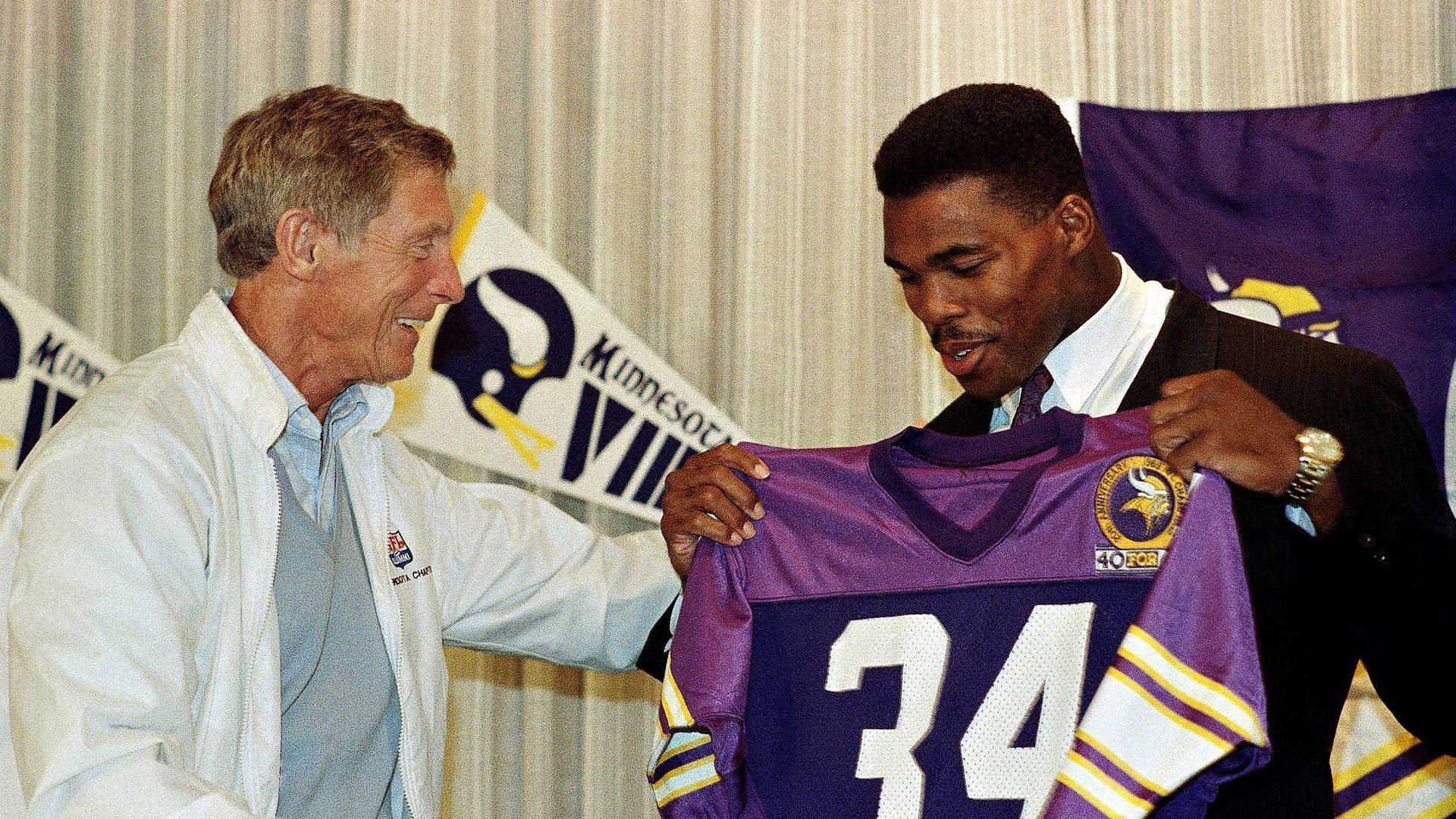
The Trade Details
The Cowboys sent Herschel Walker to the Vikings in a deal that included five players and six future draft picks. This mammoth trade was a strategic masterstroke by the Cowboys’ management, notably Jimmy Johnson, who used this trade as a foundation to build a dynasty.
Impact on the Cowboys
The trade enabled the Cowboys to draft several key players who would become instrumental in their success throughout the 1990s, including Emmitt Smith, Darren Woodson, and Alvin Harper. These players were central to the Cowboys winning three Super Bowl titles in four years during the 1990s. The draft picks obtained in the trade contributed significantly to creating a balanced and formidable squad capable of dominating the league.
Impact on the Vikings
Contrastingly, the Vikings did not reap the benefits they had hoped from acquiring Walker. His performance in Minnesota never reached the heights of his earlier career with the Cowboys. The Vikings had expected Walker to be the final piece in their championship puzzle, but he struggled to fit into their system, and the team did not make significant progress in postseason play during his tenure.
This trade exemplifies how a well-strategized deal focusing on long-term gains can significantly uplift a franchise, while also showcasing the risks involved in trading away substantial future assets for immediate but uncertain returns.
2. John Elway to the Denver Broncos
John Elway’s refusal to play for the Baltimore Colts after being selected first overall in the 1983 NFL Draft led to one of the most franchise-changing trades in NFL history. Elway was traded to the Denver Broncos, where he would go on to have a Hall of Fame career.
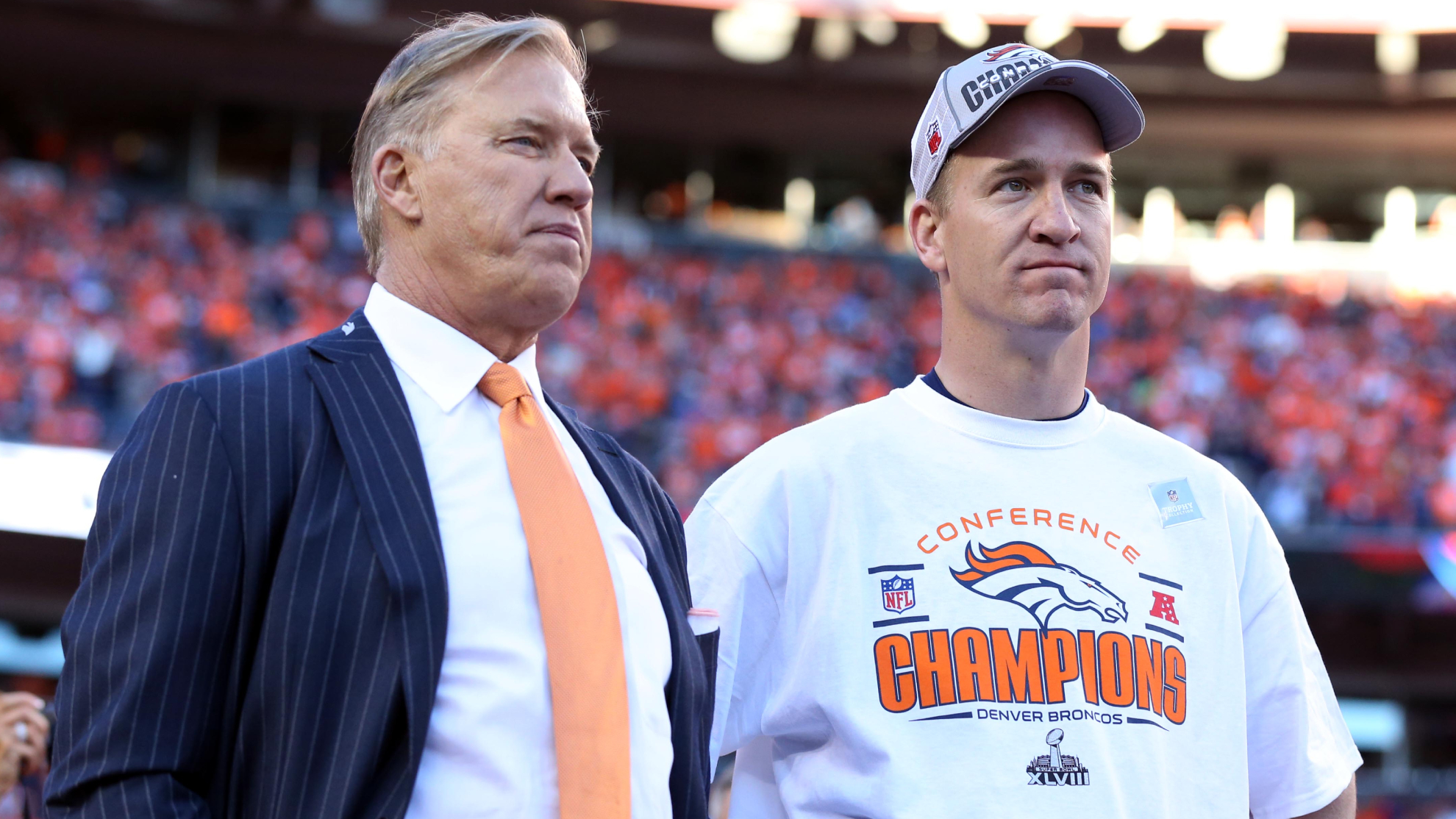
The Trade Details
The Colts traded Elway to the Broncos in exchange for quarterback Mark Herrmann, the rights to offensive tackle Chris Hinton, and a first-round pick in the 1984 draft. This trade was pivotal, given Elway’s potential and his desire not to play in Baltimore.
Impact on the Broncos
Elway’s arrival transformed the Broncos into a perennial contender. Over his 16 seasons, he led the team to five Super Bowl appearances and two victories. Elway’s tenure with the Broncos not only defined his career but also the franchise’s legacy, significantly impacting the NFL during the 1980s and 1990s.
Impact on the Colts
The Colts, on the other hand, suffered greatly from this trade. The inability to effectively utilize the assets received for Elway led to years of subpar performances, and the team did not find a stable quarterback until they drafted Peyton Manning in 1998. This trade starkly illustrates the potential consequences of draft-day decisions and player dissatisfaction.
3. Joe Montana to the Kansas City Chiefs
In 1993, the San Francisco 49ers traded Joe Montana, one of the greatest quarterbacks in NFL history, to the Kansas City Chiefs. This trade marked the end of an era for the 49ers and a new beginning for the Chiefs.
The Trade Details
Montana was traded along with safety David Whitmore and a third-round pick in the 1994 draft for Kansas City’s first-round pick in the 1993 draft. This move was driven by the rise of Steve Young in San Francisco, who had proven himself capable of leading the team.
Impact on the Chiefs
Montana’s arrival in Kansas City immediately elevated the team’s performance. He led the Chiefs to the AFC Championship Game in his first season, showcasing his enduring talent and leadership. Though he did not bring a Super Bowl to Kansas City, his impact on the team’s competitiveness was undeniable.
Impact on the 49ers
The 49ers managed to transition smoothly from Montana to Young, who led the team to a Super Bowl victory in 1994. This trade is a prime example of how a team can successfully manage a transition between two Hall of Fame quarterbacks, maintaining competitiveness while reshaping the team’s identity.
4. Brett Favre to the Green Bay Packers
In one of the most influential trades for both the player involved and the receiving team, Brett Favre was traded from the Atlanta Falcons to the Green Bay Packers in 1992. This move not only revived Favre’s career but also transformed the Packers into a championship-winning franchise.
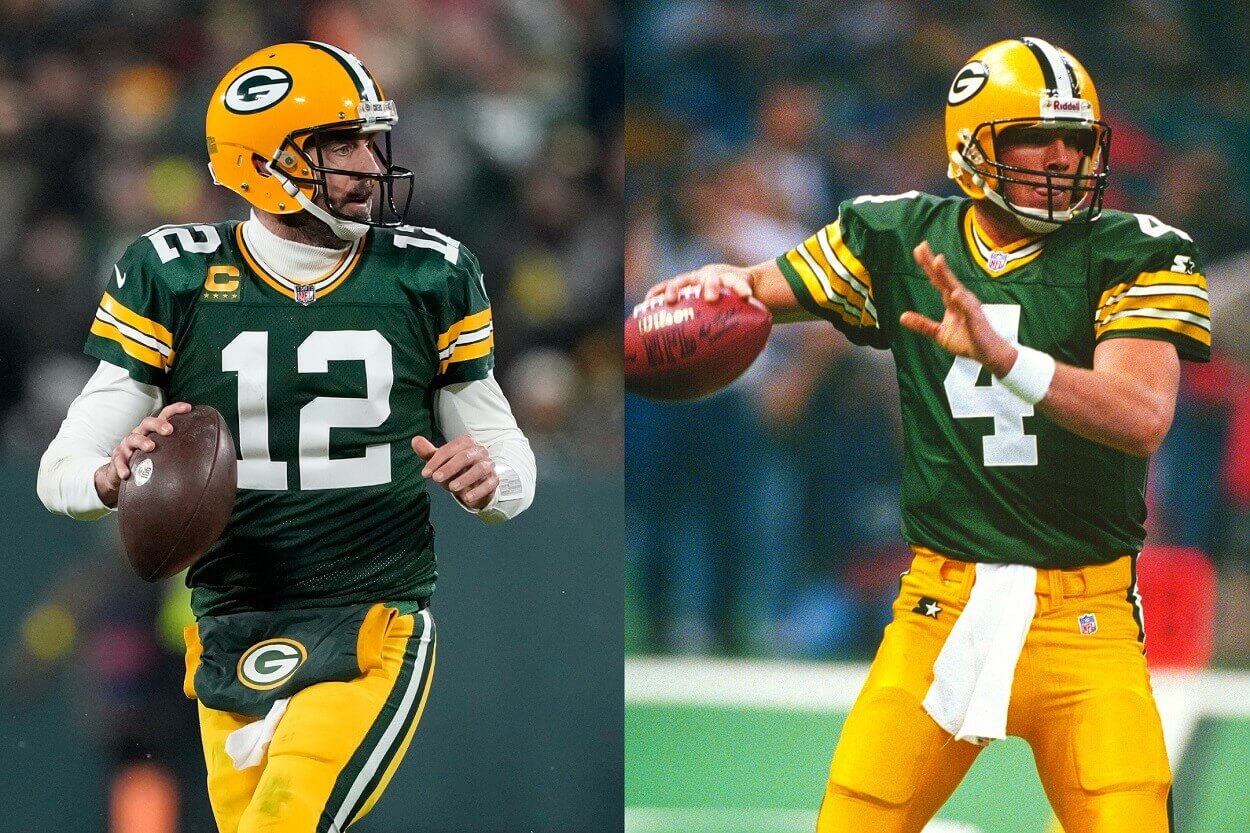
The Trade Details
The Falcons, who had drafted Favre in the second round of the 1991 NFL Draft, traded him to the Packers for a first-round pick. Favre had spent only one season in Atlanta, where he was the backup quarterback and had shown little of the hall-of-fame potential he would later realize in Green Bay.
Impact on the Packers
Favre’s arrival in Green Bay marked the beginning of a new era. He became one of the NFL’s most storied quarterbacks, leading the Packers to two Super Bowl appearances and winning one. Favre’s iron-man streak, playing in 297 consecutive games, his gunslinger mentality, and his ability to pull off incredible plays made him a beloved figure in Packers’ history and a legend of the game.
Impact on the Falcons
For the Falcons, the decision to trade Favre is often viewed in hindsight with regret, as they missed out on a player who would become one of the greatest quarterbacks of all time. The Falcons struggled with quarterback stability until the emergence of Matt Ryan in 2008, indicating the long-term impact of their decision to trade Favre.
5. Randy Moss to the New England Patriots
The trade of Randy Moss from the Oakland Raiders to the New England Patriots in 2007 stands out as a significant moment in NFL history, reshaping not only the careers of Moss but also the offensive strategies of the Patriots.
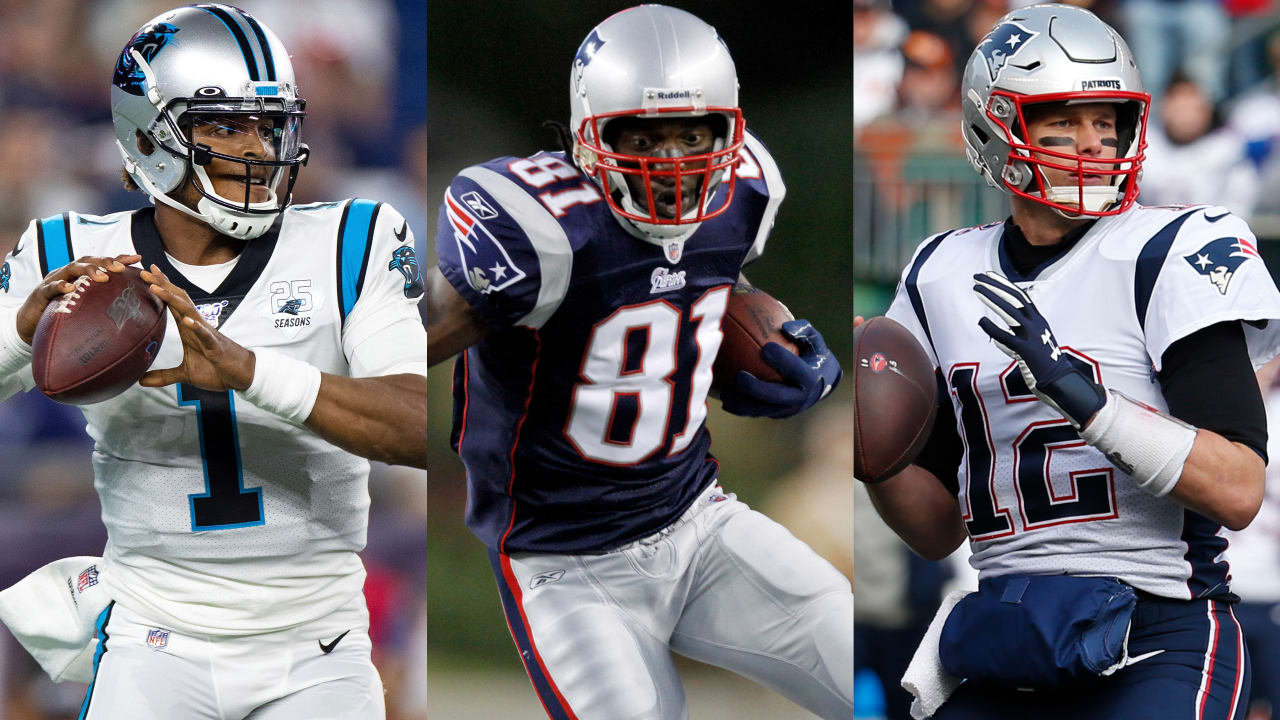
The Trade Details
The Raiders traded Moss to the Patriots for a fourth-round draft pick, a move that seemed minor at the time but would have major implications on the NFL. Moss had experienced a career downturn in Oakland and was considered by some to be past his prime.
Impact on the Patriots
Moss revitalized his career with the Patriots, who utilized his deep-threat ability to transform their offense into one of the most prolific in NFL history. In his first season with the Patriots, Moss caught a record-breaking 23 touchdown passes, helping the team to achieve a perfect regular-season record of 16-0. His presence created a dynamic offensive duo with quarterback Tom Brady, making the Patriots’ offense nearly unstoppable.
Impact on the Raiders
For the Raiders, the trade was another step in a series of unsuccessful seasons, where poor decisions and mismanagement led to a lack of success. The minimal return for a player of Moss’s caliber was viewed as a misstep, underscoring the challenges the franchise faced in rebuilding a competitive team.
6. Marshall Faulk to the St. Louis Rams
In 1999, the Indianapolis Colts made a decision that would reshape two NFL franchises: they traded Marshall Faulk to the St. Louis Rams. This trade came at a crucial juncture for both teams and had a lasting impact on the league.
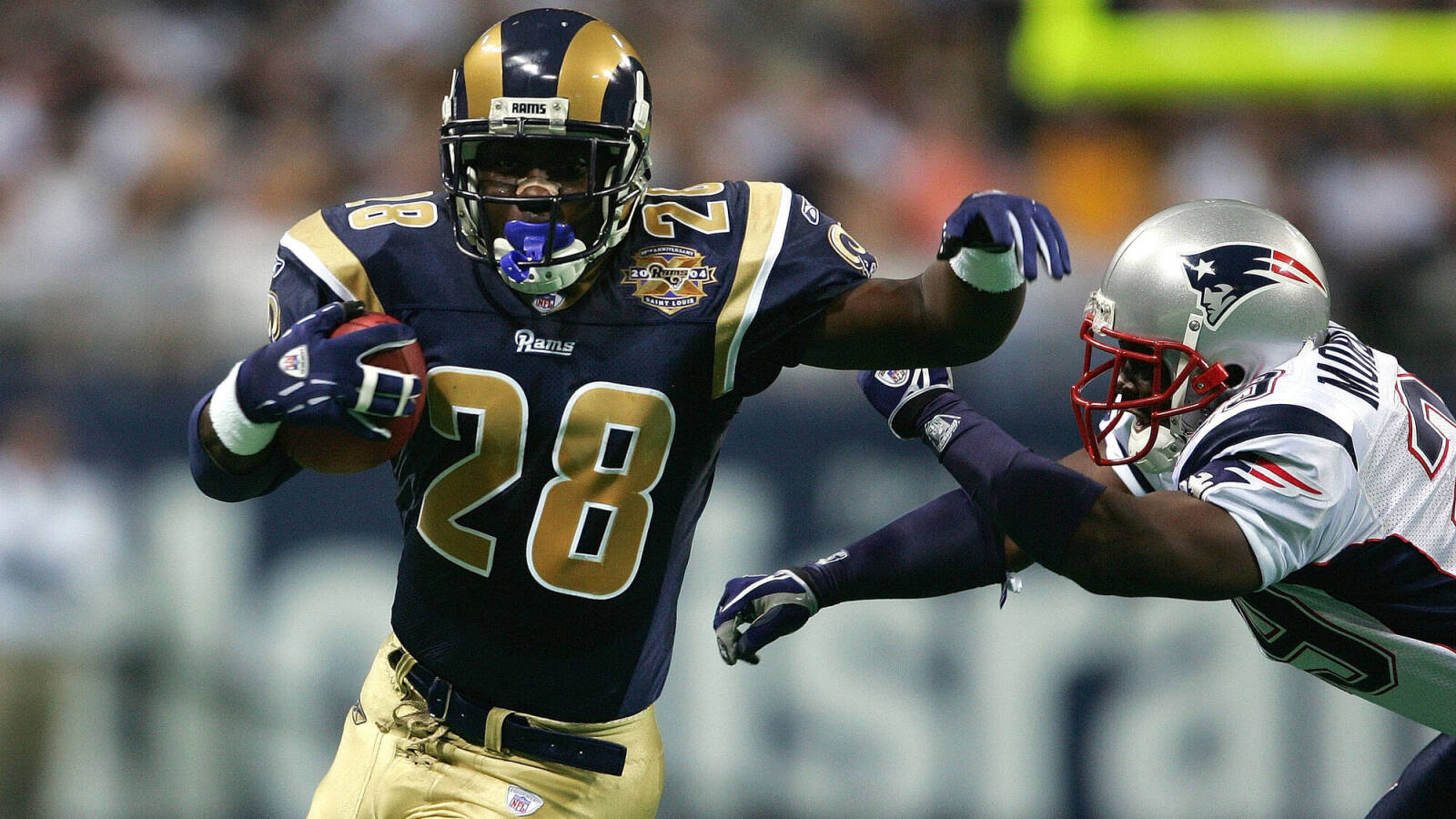
The Trade Details
The Colts traded Faulk to the Rams for a second and a fifth-round pick in the 1999 NFL Draft. At the time, Faulk was already an established star in Indianapolis, but the Colts were looking to rebuild under new management and felt Faulk did not fit their future plans.
Impact on the Rams
The acquisition of Faulk was a cornerstone in the creation of the “Greatest Show on Turf,” a Rams offense that became one of the most explosive in NFL history. Faulk’s versatility as both a runner and receiver was pivotal; his ability to generate yards from scrimmage transformed the Rams’ offensive playbook. In his first season with the Rams, Faulk won the NFL MVP and Offensive Player of the Year awards, helping lead the team to a victory in Super Bowl XXXIV. His presence provided a dynamic element that perfectly complemented the talents of quarterback Kurt Warner and wide receivers Isaac Bruce and Torry Holt.
Impact on the Colts
While it might have seemed short-sighted at the time, the trade allowed the Colts to fully embrace a new era under then-rookie quarterback Peyton Manning. The draft picks acquired in the trade, though not particularly impactful themselves, were part of a broader rebuilding effort that eventually led to the Colts becoming a dominant force in the AFC. This era was highlighted by a Super Bowl win in the 2006 season.
This trade stands as a testament to the profound impact a single player can have in the right system and how bold moves can pay dividends for both parties involved in unexpected ways.
7. Khalil Mack to the Chicago Bears
In 2018, one of the most significant trades in recent NFL history occurred when the Oakland Raiders sent Khalil Mack to the Chicago Bears. This trade not only affected the performance of the teams but also reverberated through their organizational strategies.

The Trade Details
The Bears acquired Mack, a 2020 second-round pick, and a conditional 2020 fifth-round pick in exchange for 2019 and 2020 first-round picks, a 2020 third-round pick, and a 2019 sixth-round pick. This hefty price reflected Mack’s status as one of the premier defensive players in the league.
Impact on the Bears
Mack’s arrival in Chicago instantly revitalized the Bears’ defense, turning it into one of the most formidable units in the NFL. His presence elevated the play of his teammates and reestablished the Bears as a playoff team in 2018. Mack’s impact was immediate; he recorded several sacks, forced fumbles, and even defensive touchdowns early in his tenure with the Bears. His leadership and playmaking ability were pivotal in Chicago’s defensive schemes.
Impact on the Raiders
For the Raiders, trading Mack was part of a larger strategy under head coach Jon Gruden to accumulate draft capital and rebuild the roster. While the immediate aftermath saw a decrease in defensive production, the draft picks obtained were intended to lay down a foundation for future success. The jury is still out on whether the Raiders’ long-term vision will be realized, but the trade highlights the different approaches teams can take in building a competitive squad.
This trade is a prime example of how a team’s decision to trade a star player for future assets can lead to widely varying immediate fortunes, with long-term outcomes that remain to be seen.
8. Eric Dickerson to the Indianapolis Colts
In a monumental three-team trade in 1987, Eric Dickerson, one of the most talented running backs in NFL history, was sent from the Los Angeles Rams to the Indianapolis Colts. This trade involved the Buffalo Bills and significantly altered the course for all teams involved.
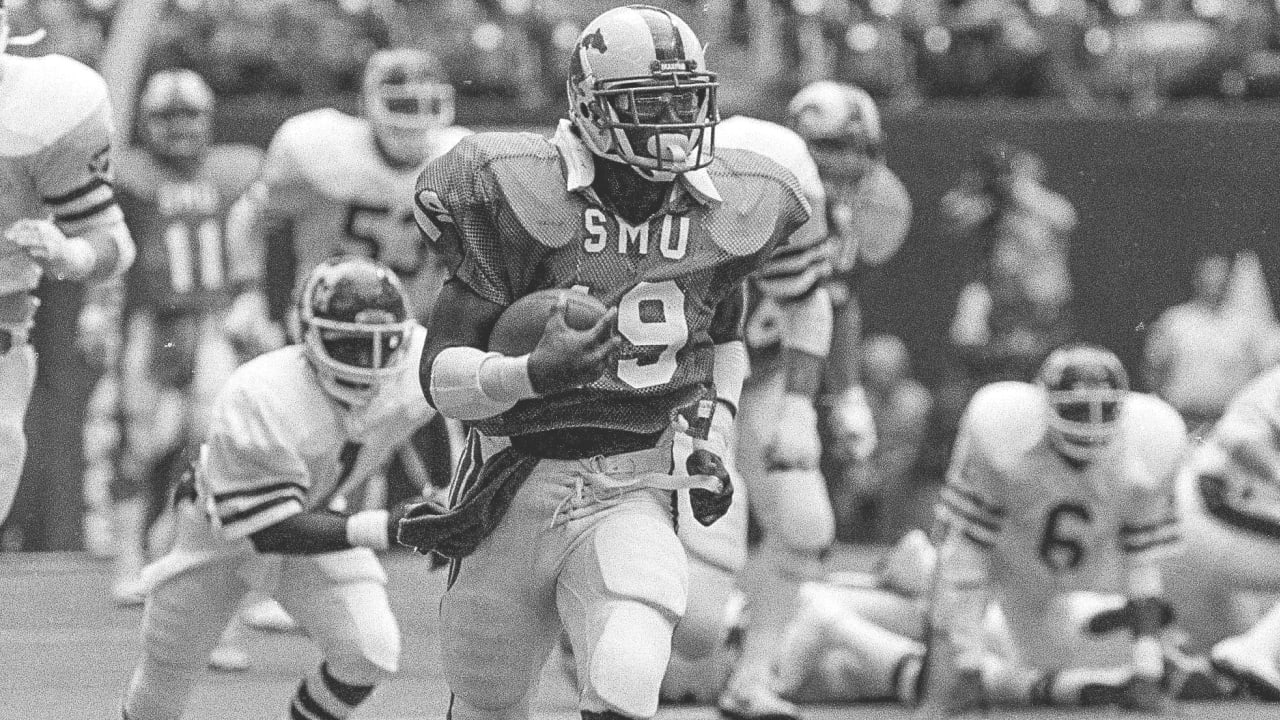
The Trade Details
Dickerson was traded to the Colts in a complex deal that also involved the Buffalo Bills. The Colts gave up a slew of draft picks and players to acquire Dickerson, including two first-round picks, three second-round picks, and running back Owen Gill. The Rams received additional players and picks from the Bills, who acquired linebacker Cornelius Bennett from Indianapolis.
Impact on the Colts
Dickerson’s arrival in Indianapolis had an immediate impact. He revitalized the Colts’ running game and helped lead the team to its first playoff appearance in a decade. During his time with the Colts, Dickerson continued to produce at an elite level, earning multiple Pro Bowl selections. His presence brought a new level of excitement and competitiveness to the franchise.
Impact on the Rams and Bills
For the Rams, the numerous draft picks allowed for a rebuild of the team’s roster, although none of the players selected with those picks reached Dickerson’s level of impact. The Bills, on the other hand, benefited significantly from acquiring Bennett, who became a key part of their defense and helped them reach four consecutive Super Bowls in the early 1990s.
This trade is a classic example of how a star player can ignite a franchise’s fortunes, while the trading away of such a talent can lead to mixed results, depending on the effectiveness of the subsequent rebuild.
9. Deion Sanders to the San Francisco 49ers
In 1994, Deion Sanders, one of the most electrifying cornerbacks in NFL history, signed with the San Francisco 49ers after his stint with the Atlanta Falcons. Although not a trade, Sanders’ move as a free agent dramatically changed the landscape for the 49ers and the entire league.
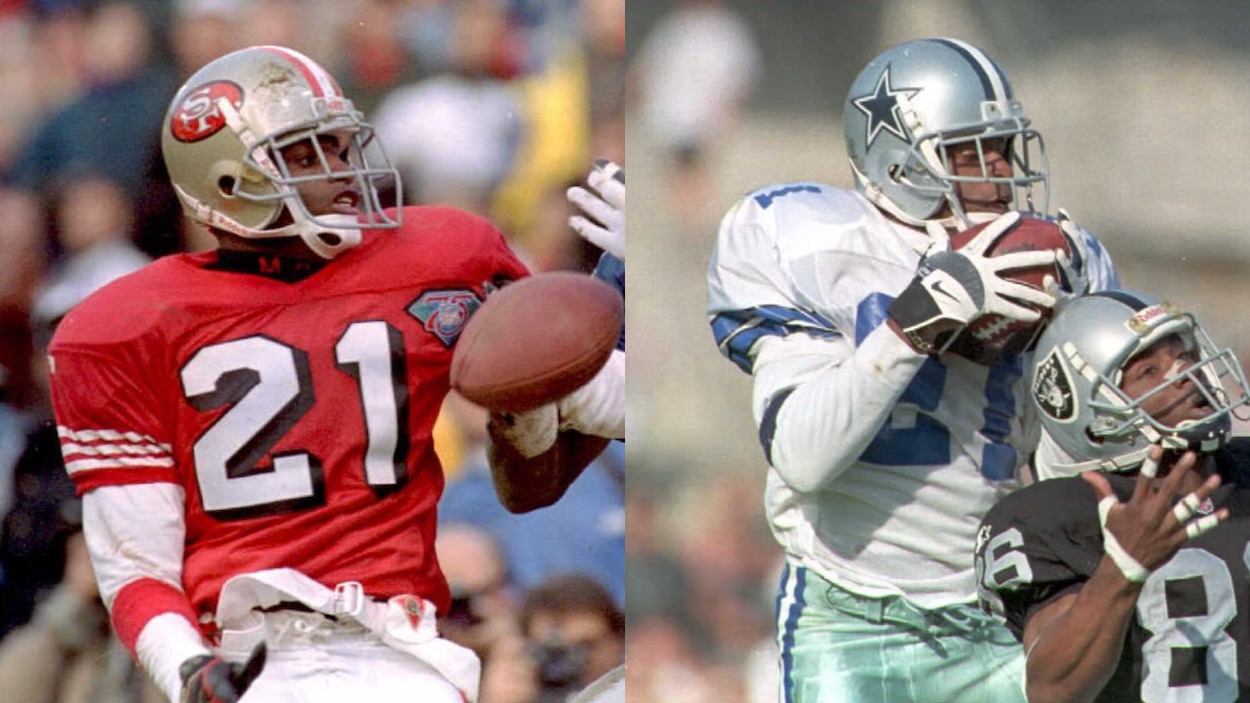
The Acquisition Details
Sanders signed a one-year contract with the 49ers, a strategic move by San Francisco aimed at bolstering their defense with a top-tier cornerback to complement their already potent offense.
Impact on the 49ers
Sanders’ presence on the team had an immediate impact. His prowess in the secondary helped solidify the 49ers’ defense, making it as formidable as their offense. He recorded six interceptions, returning them for an impressive 303 yards and three touchdowns during the regular season. His performance earned him the NFL Defensive Player of the Year award. Most importantly, Sanders was instrumental in the 49ers’ successful run to win Super Bowl XXIX, securing their fifth championship.
Broader Impact
Sanders’ move to the 49ers showcased the significant impact a high-caliber defensive player could have on a team’s fortunes, particularly one already close to championship contention. His subsequent move to the Dallas Cowboys next season under similar circumstances highlighted how sought-after he was and the value top defensive talents brought to NFL franchises.
10. Terrell Owens to the Philadelphia Eagles
In 2004, Terrell Owens’ move to the Philadelphia Eagles marked one of the most talked-about moments in NFL offseason history. Initially drafted by the San Francisco 49ers and later traded to the Baltimore Ravens, Owens contested the trade and eventually found his way to the Eagles, where he signed.

The Trade Details
Owens was initially traded to the Ravens, but disputes over the trade’s validity led to further negotiations and an eventual settlement that allowed him to sign with the Eagles.
Impact on the Eagles
Adding Owens to their roster gave the Eagles the elite wide receiver they desperately needed to complement quarterback Donovan McNabb. His dynamic play and ability to make big catches in crucial moments helped propel the Eagles to the Super Bowl that season. Although they fell short of winning the championship, Owens’ incredible performance in the Super Bowl—despite a recently broken leg—solidified his reputation as one of the game’s greats.
Impact on the Ravens and 49ers
The 49ers and Ravens experienced different outcomes. The 49ers were in a rebuilding phase and benefited less from the draft picks they received. The Ravens missed out on a potential game-changing receiver, which could have significantly altered their offensive capabilities during that period.
Conclusion
In the realm of the NFL, trades are not just transactions; they are potential game-changers that can redefine franchises for generations. The top 10 NFL trades discussed illustrate this point vividly, each with its own narrative of risk, strategy, and transformation. These trades have not only impacted the careers of key players but have also altered the destinies of the teams involved, creating legacies and lessons in equal measure.
Starting with the Herschel Walker trade, often heralded as the most lopsided in NFL history, we see a clear example of how a well-orchestrated trade can fuel a dynasty. The Dallas Cowboys’ strategic acquisition of draft picks laid the groundwork for their 1990s dominance, demonstrating the foresight and planning that trades can demand and reward. Conversely, the Minnesota Vikings’ immediate, but short-sighted, gain underscores the potential pitfalls of sacrificing long-term potential for short-term gains.
Similarly, the trade of John Elway to the Denver Broncos and Joe Montana to the Kansas City Chiefs reveal the profound impact a key player can have on a team’s fortunes. Elway’s refusal to play for the Colts and subsequent success with the Broncos reshaped both franchises’ futures, highlighting the importance of player-team fit and organizational culture. Montana’s move to the Chiefs, while marking the end of an era for the 49ers, proved that even seasoned veterans could inject vitality and success into their new teams.
The trades involving Brett Favre and Randy Moss further emphasize the transformative power of finding the right player for the right system. Favre’s transition from a backup in Atlanta to a legend in Green Bay is a testament to the Packers’ insight into his potential, which the Falcons overlooked. Moss’s career rejuvenation with the Patriots showcases how a change of environment and suitable team strategies can revive a player’s career and contribute to record-breaking performances.
These transactions are not merely about the exchange of players; they are strategic moves that involve a deep understanding of team needs, player potentials, and future goals. They require foresight, adaptability, and sometimes, boldness, traits that are indispensable in the high-stakes environment of the NFL.
Moreover, these trades teach us about the importance of management decisions in sports. Whether it’s capitalizing on a player’s talents, like the Patriots did with Moss, or recognizing the moment to rebuild, as the Colts did when they released Peyton Manning, these decisions can have lasting impacts on the team’s competitive trajectory and financial health.
From a broader perspective, these significant NFL trades also reflect the evolving nature of the league, where player mobility has increased and the strategic aspects of team management have become more complex. They highlight the increasing importance of draft picks, the cap management, and the intricate balance between maintaining a competitive team and planning for the future.
In conclusion, examining these top 10 NFL trades not only provides insights into some of the most pivotal moments in football history but also offers valuable lessons in risk management, strategic planning, and organizational dynamics. These trades remind us that in the NFL, the right move at the right time can lead to championships, create legends, and forever change the course of a franchise. As the league continues to evolve, the strategic acumen behind such trades will remain a defining factor in the quest for success and sustainability.


